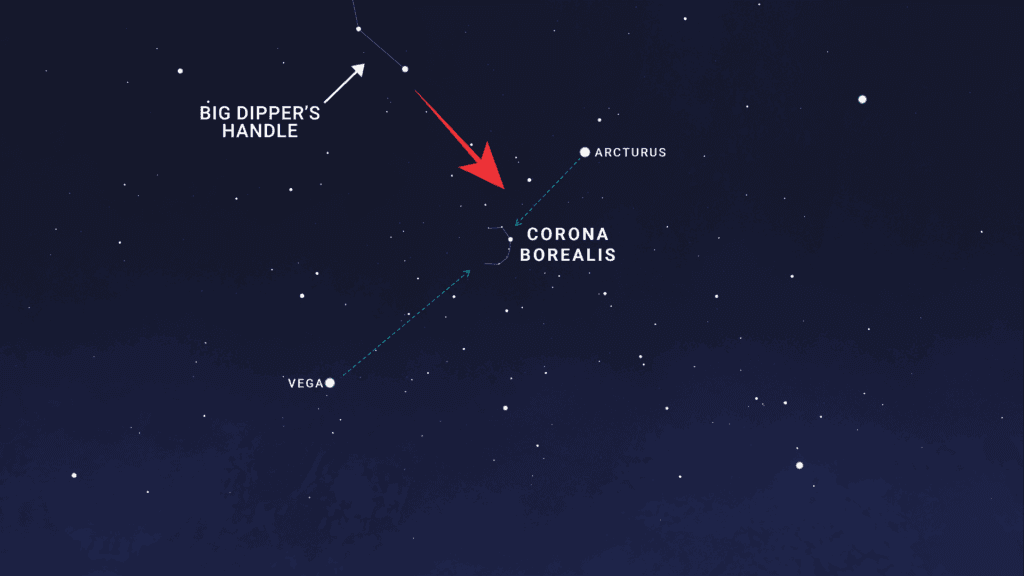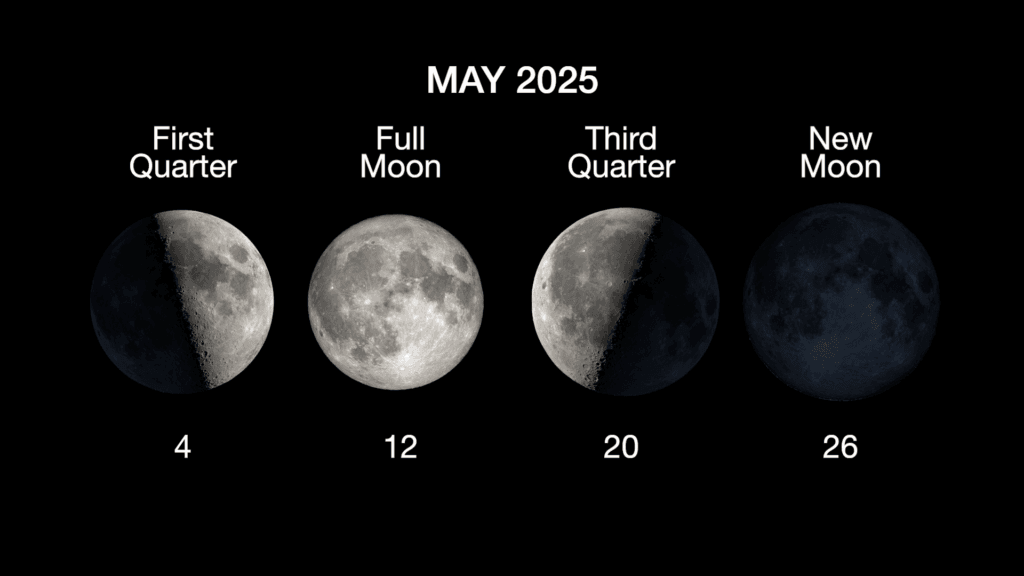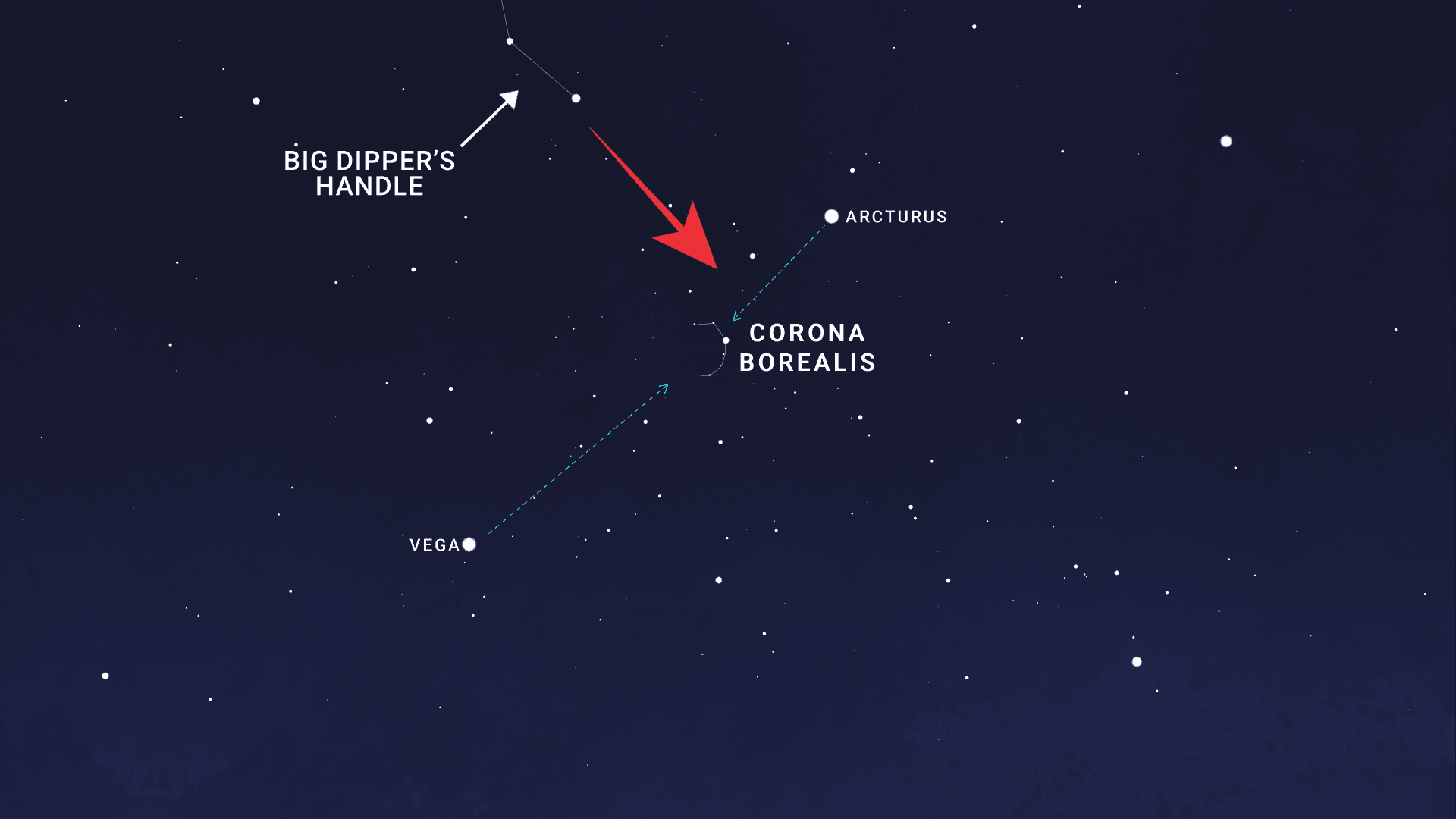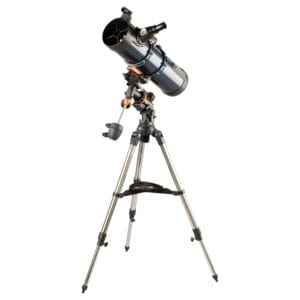Planet watching May 2025 is recommended for anyone who enjoys looking up. With four visible planets and a rare potential supernova approaching, this is a month full of cosmic spectacle. Both the evening and morning skies have something special to offer.
Planet Watching may 2025 in the Evening Hours
The best times for planet watching in May 2025 start right after sunset. The western sky is the place to be.
Mars and Jupiter: Evening Sky Classics
- Mars is clearly visible in the west and remains visible until around midnight. On May 3, Mars forms a striking duo with the First Quarter Moon.
- Jupiter is setting faster and faster. In early May, it’s still visible for about two hours after sunset; by late May, it disappears within an hour.
These two planets are excellent to see with the naked eye. With a telescope, you can even see the shadows of Jupiter’s moons or the color variations on Mars.
Planet Watching may 2025 in the Morning Sky
For early birds too, planet watching in May 2025 is more than worth it. Just before sunrise, two planets are ready in the east.
Venus, Saturn, and the Moon: a Beautiful Morning Trio
- Venus is the brightest object in the eastern sky and immediately stands out.
- Saturn starts May close to Venus but slowly climbs higher in the sky.
- On May 23, the Moon together with Venus and Saturn creates a striking spectacle.

A Supernova Visible to the Naked Eye? Here’s What You Need to Know
Besides the planets, something unique might be visible in May: an eruption of the recurring nova T Coronae Borealis. This is a binary star, consisting of a white dwarf and a red giant. When the white dwarf collects enough hydrogen from its partner, an explosion follows: a nova.
Why is this Important?
- The last eruption occurred in 1946
- Astronomers observed the same behavior in 2024 as just before the previous eruption
- The nova could happen this year – and possibly in May 2025
During the eruption, the star becomes visible to the naked eye, as bright as the North Star. Thus, a unique opportunity: a supernova without a telescope.
How to Find the Supernova in Corona Borealis
The constellation Corona Borealis (Northern Crown) can be found between the bright stars Arcturus and Vega. The brightest star of the Northern Crown is called Alphecca, and the nova will appear just below this star.

You can find it by following from the handle of the Big Dipper towards Arcturus, and then sliding slightly towards Vega. See the map below:

Moon Phases for may 2025
For planet observations or deep-sky objects, it’s useful to know when the Moon interferes (or doesn’t):

- May 4 – First Quarter
- May 12 – Full Moon
- May 20 – Last Quarter
- May 26 – New Moon (best night for deep-sky observations!)
Want to Go Planet Watching in may 2025?
Whether you’re going planet watching for the first time in May 2025, or looking to upgrade your equipment, this is the perfect moment to invest in a good telescope or smart stargazer.
Recommended models:
Or check our telescope buying guide for the right model. Want to test first? You can also rent a telescope through our rental page.








